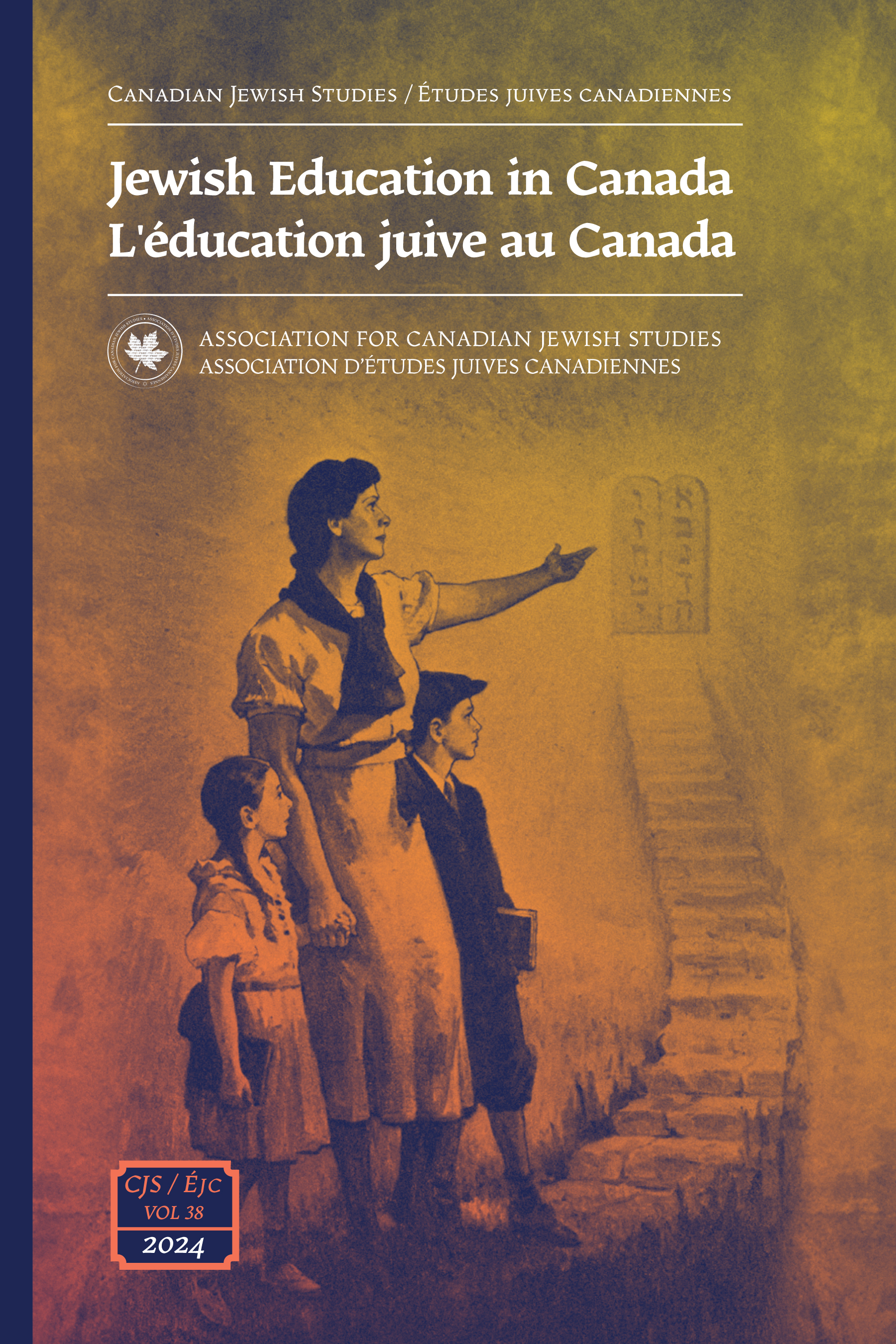Joshua, King David, and the Flying Nun: Doodles and Reader Annotations in Post-Holocaust Yiddish Primers for Children
DOI:
https://doi.org/10.25071/1916-0925.40376Abstract
Students in Yiddish supplementary schools used texts produced by educators steeped in a diaspora nationalist pedagogy that reflected the ideological coupling of Yiddish and Yiddishkeit: the Yiddish language informed one’s sense of Jewishness. By the 1960s, doodles students left in their schoolbooks challenged this coupling of language and identity. Though it is generally supposed that Yiddish primers ultimately tell us more about the aspirations of adults than they do about the experiences of children, reading these texts together reveals that children evolved their own relationship between Yiddish and Jewishness that was far more subtle than what they encountered in their textbooks. Postwar primers emphasize maintaining the Yiddish language on American soil, to the exclusion of the external culture; children’s doodles argue that more important than preserving the language was locating Yiddishkeit in the culture around them.
Downloads
Published
How to Cite
Issue
Section
License
Canadian Jewish Studies/ Études juives canadiennes is a journal dedicated to the open exchange of information; therefore the author agrees that the work published in the journal be made available to the public under a Creative Commons Attribution-Noncommercial-No Derivative Works 4.0 Unported License. The publisher (Association for Canadian Jewish Studies / Association d'études juives canadiennes) recognizes the author's intellectual property rights; authors retain copyright over their work. The author grants the publisher first serial publication rights and the non-exclusive right to mount, preserve, and distribute the intellectual property. The journal is digitized and published on the open access website http://pi.library.yorku.ca/ojs/index.php/cjs/index.







